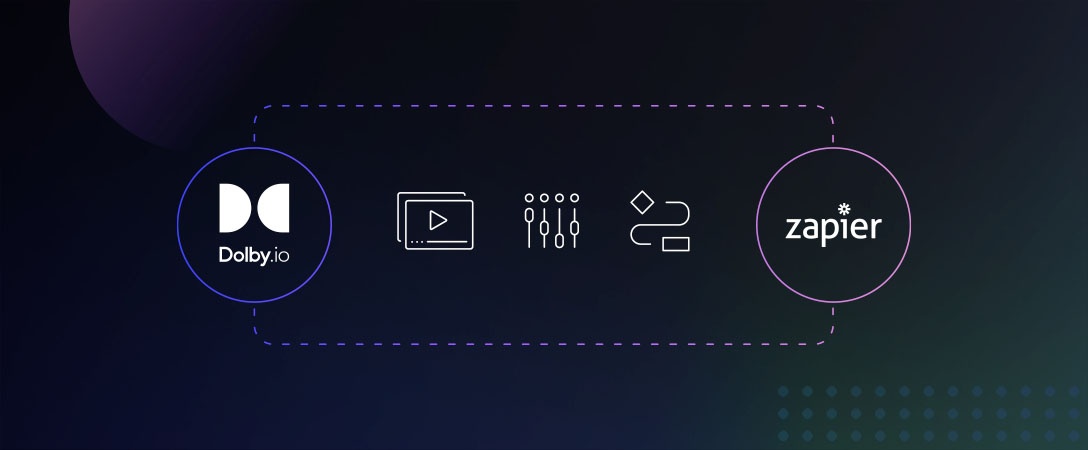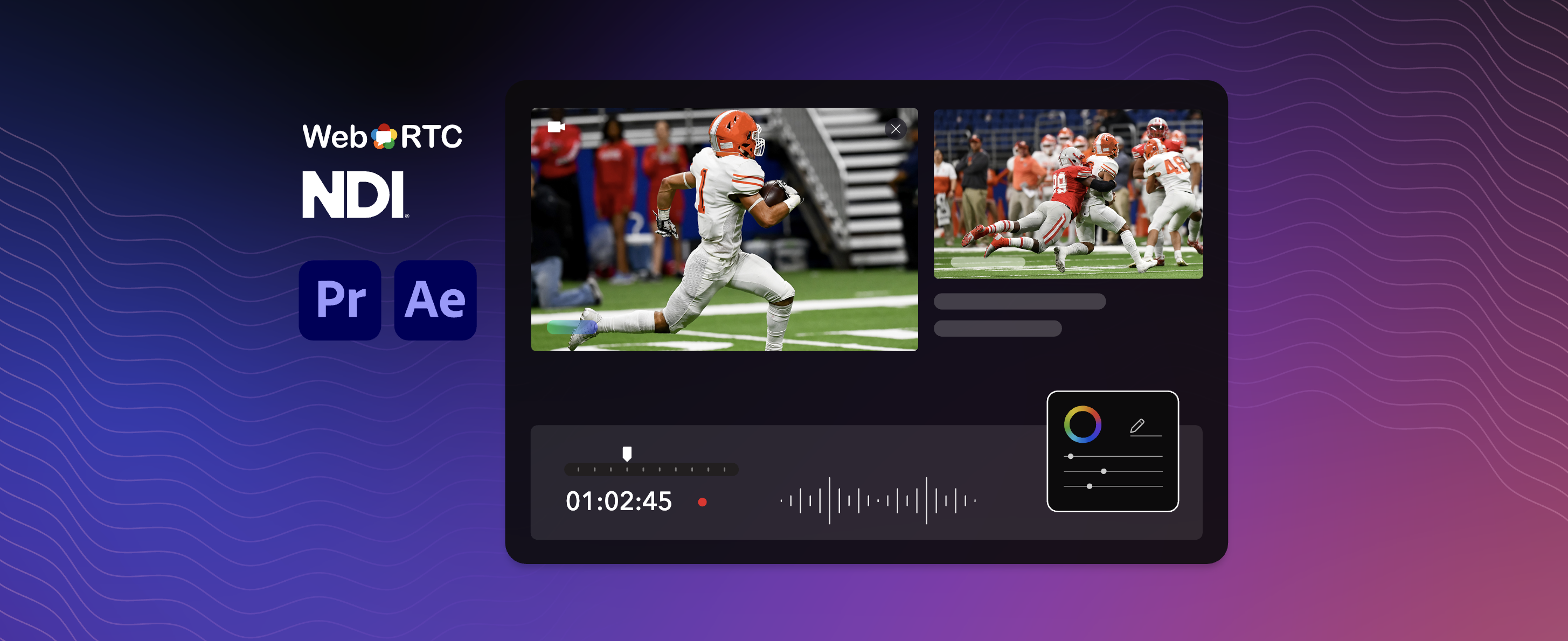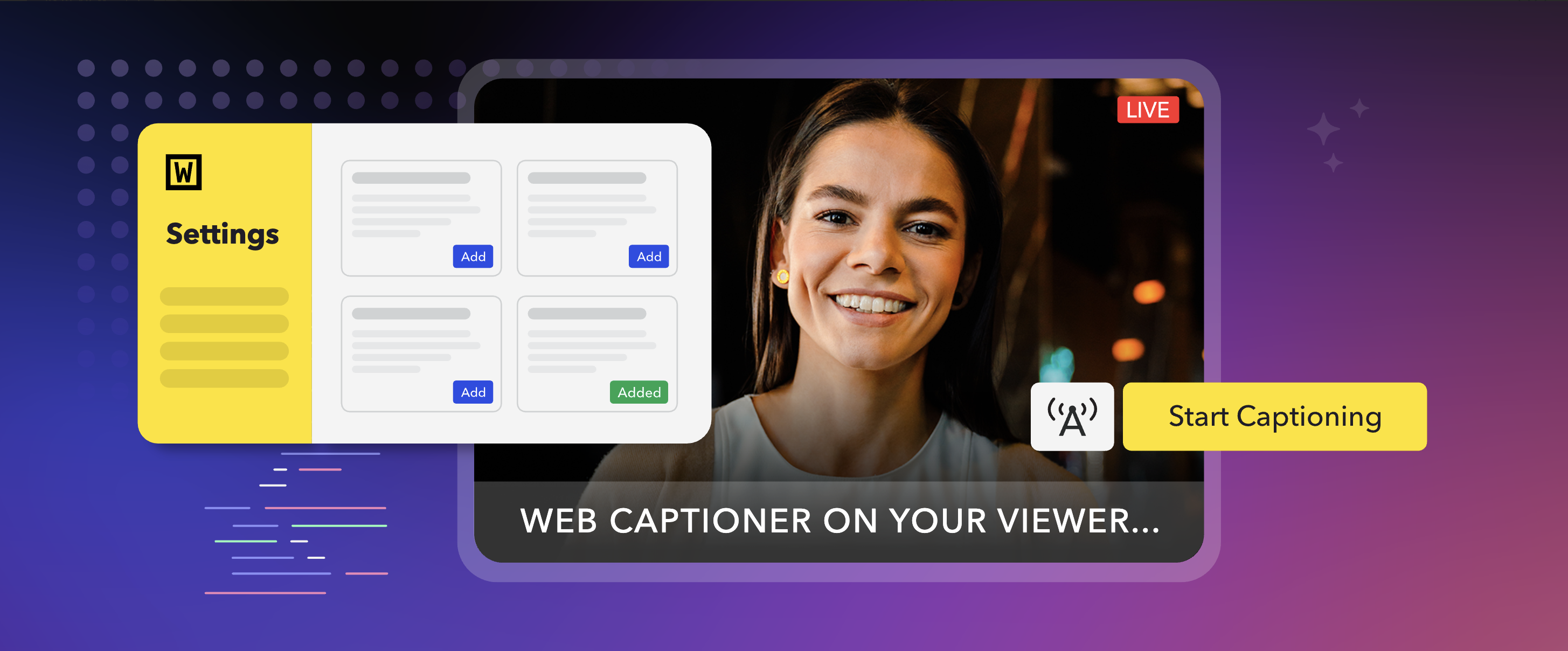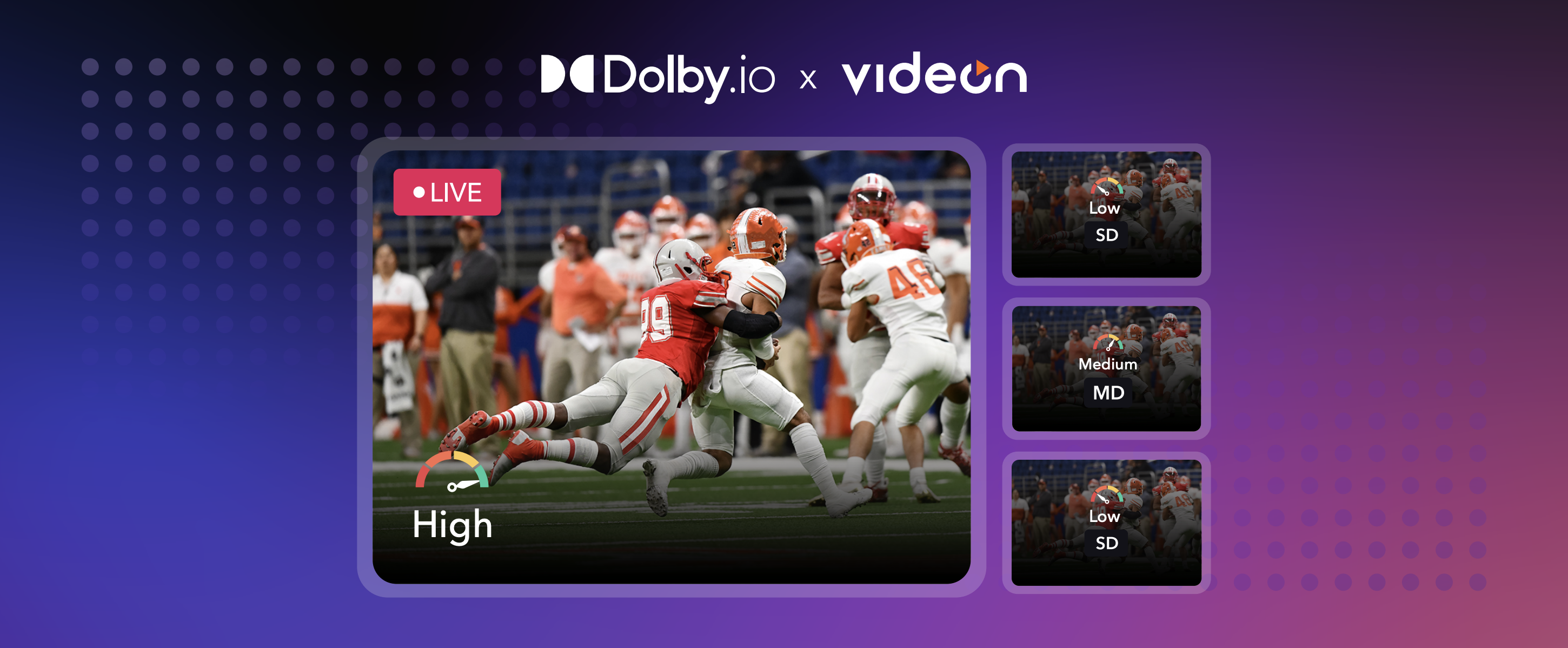Here at Dolby.io, we are always looking for new ways to improve the developer experience for those using our APIs. However, there are some times where the developer experience requires low to no-code solutions. Bring in Zapier, an integration platform as a service that lets people build their own automations, or Zaps, with software you are already using. And to add to the list of integrations provided on Zapier, Dolby.io Media APIs are now available for use in Zapier as an open beta.
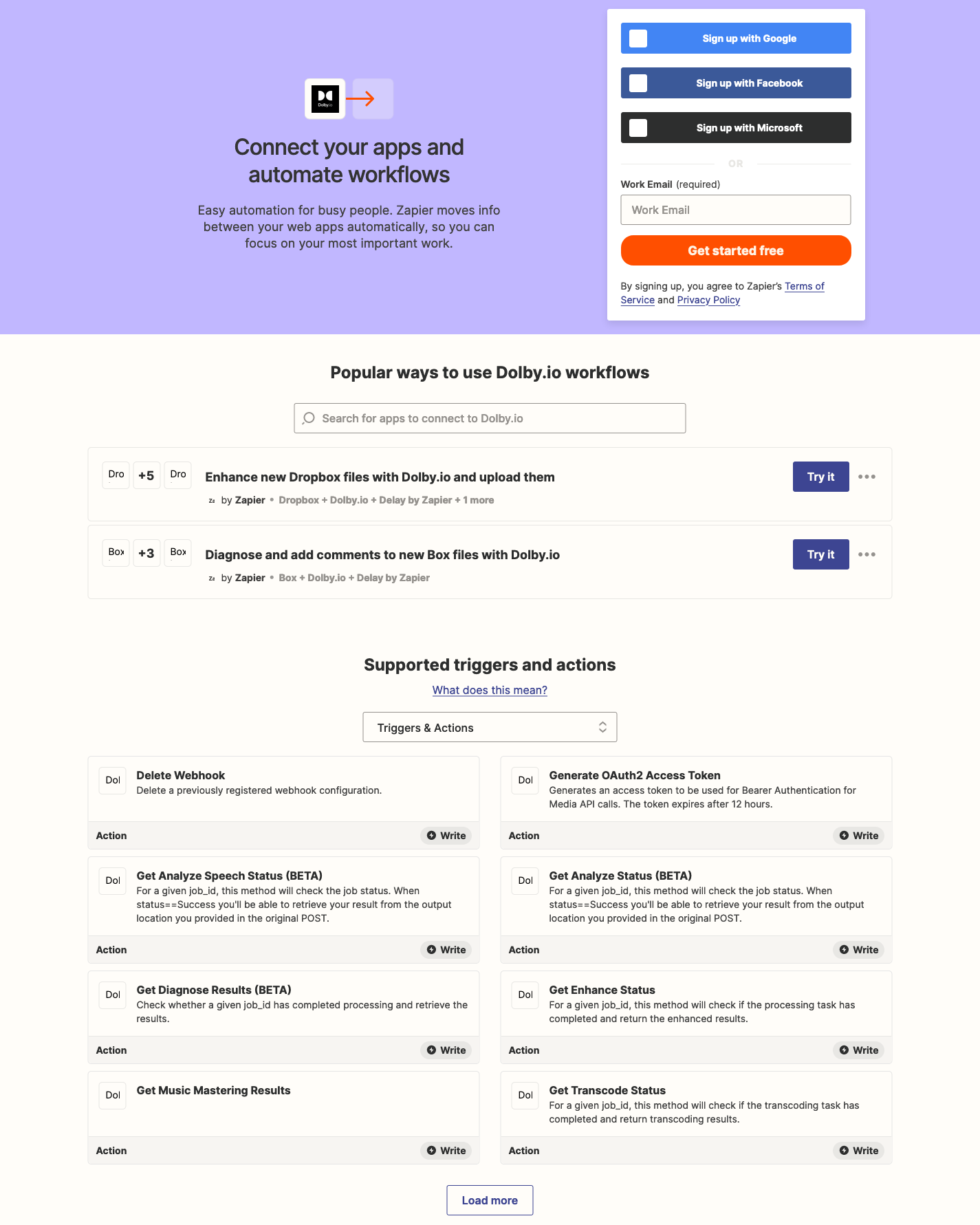
Which Dolby.io APIs can I use?
In this beta release, all Dolby.io Media APIs are available in limited capacity. This means Enhance, Transcode, Diagnose, Analyze, Analyze Speech, and Music Mastering are all at your fingertips for use in your no-code automations right now. We’ve provided some of the major parameters in each API call for customizations, but please note that not every single additional parameter has been included, making the full functionality still only available via a custom API call. If you find that we are missing a parameter you would really like, please submit a feature request via Zapier.
We also support most of the administrative API endpoints, including webhooks, jobs and OAuth tokens. If you need to generate an OAuth2 access token programmatically for new developer onboarding, Zapier might be for you.
There are a couple of exceptions, where you cannot use Dolby.io temporary storage for input, nor can you cancel jobs. We found that the beauty of Zapier means that these features are mostly unnecessary, as you are able to connect directly to the cloud storage provider of choice for the file URLs, and can use conditional statements to prevent unwanted jobs from triggering.
How do I get started with Dolby.io on Zapier?
To get started using Zapier, the first thing you need is a trigger, or the event that starts your Zap. Currently, Dolby.io provides no triggers, so you will need to use another one. A common place many will be using this for is in cloud storage, such as Box, Dropbox and OneDrive, where the trigger would be creating a new file, which will also provide all the metadata behind that file, including its download URL which we can use for a Dolby.io Media transformation.
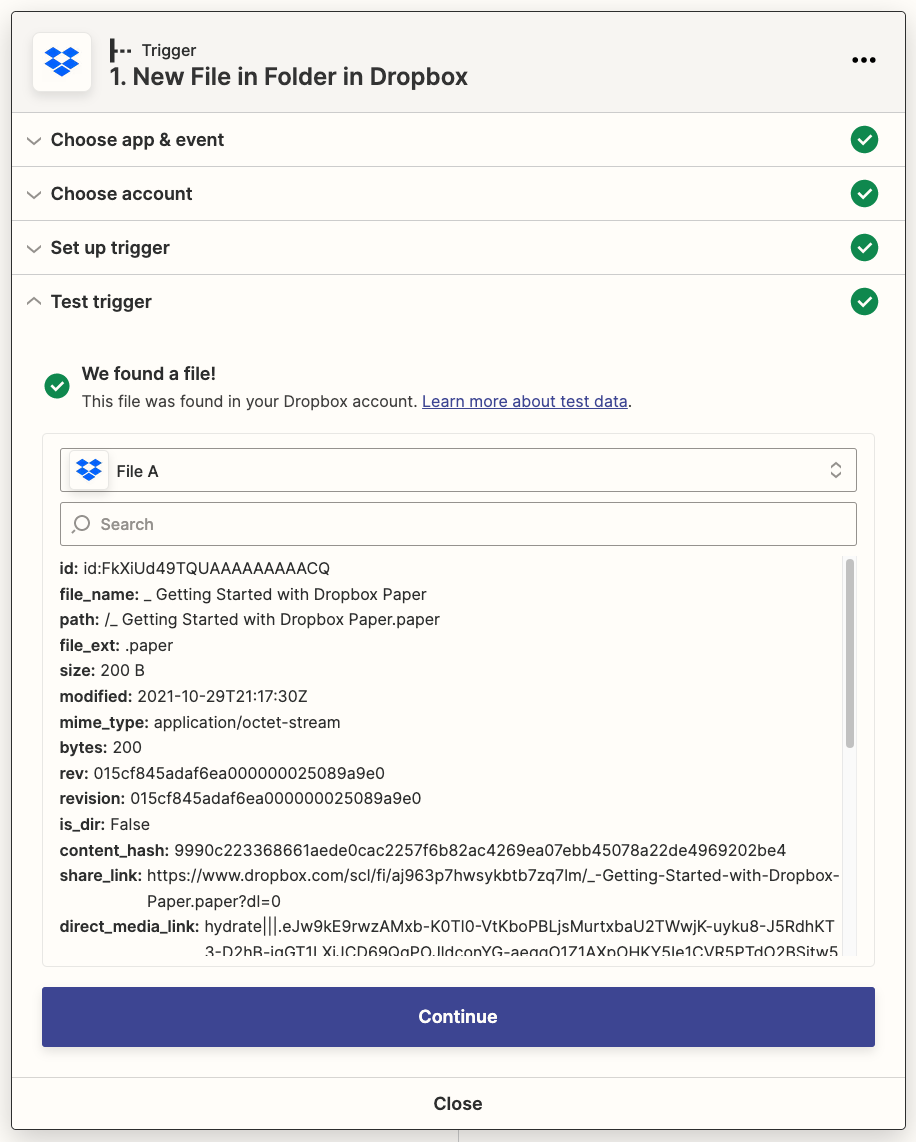
Next, we want to create a new action with Dolby.io as the app. This will prompt you to connect your account, which you can do by copying your Media API key to Zapier for authentication. Pro Tip: create a new Dolby.io Application specifically for Zapier to help monitor the usage that comes directly from there. These are called, and henceforth billed, the exact same as a manual API call would be.

Then, we want to configure the call itself. This looks very similar to how it would be in code, but with a fill-in-the-blank component to it. We can fill in a lot of the parameters at least partially with the dynamic content provided by our trigger’s output. If you run into issues, make sure to check our API Reference first on how to properly format parameters before reaching out to support.

If you want to add more than one action in your Zaps, you will need to upgrade your account, but if you do, you can add steps like status checking, sleep functions, conditional statements, and automatic uploading back to the cloud provider used. For prebuilt examples on how to use this, check out the Zap Templates we have provided for you already on our Zapier Landing page. More are on their way too!

Future Plans with Dolby.io on Zapier
While this release of the Dolby.io Media APIs on Zapier is compatible with all of our endpoints, it is still a beta. As such, we are asking for your help to make it better! Use our APIs and try out new automations and ideas you’ve had, and if you have feedback or if something breaks, report it! The Zapier Issues feature will give that feedback back to us to help us continue to iterate and improve the integration to improve the no-code experience of using our APIs.
You can read some examples of how we integrated with Zapier on our blog:
Additionally, we want to see what you are building! If you created a Zap with Dolby.io that has changed your workflow for the better, share it with us! This will help share it with the community to inspire others to take advantage of the limitless possibilities brought from Dolby.io. Tweet at us at @DolbyIO or send us a support email. We are excited to see what you make!


